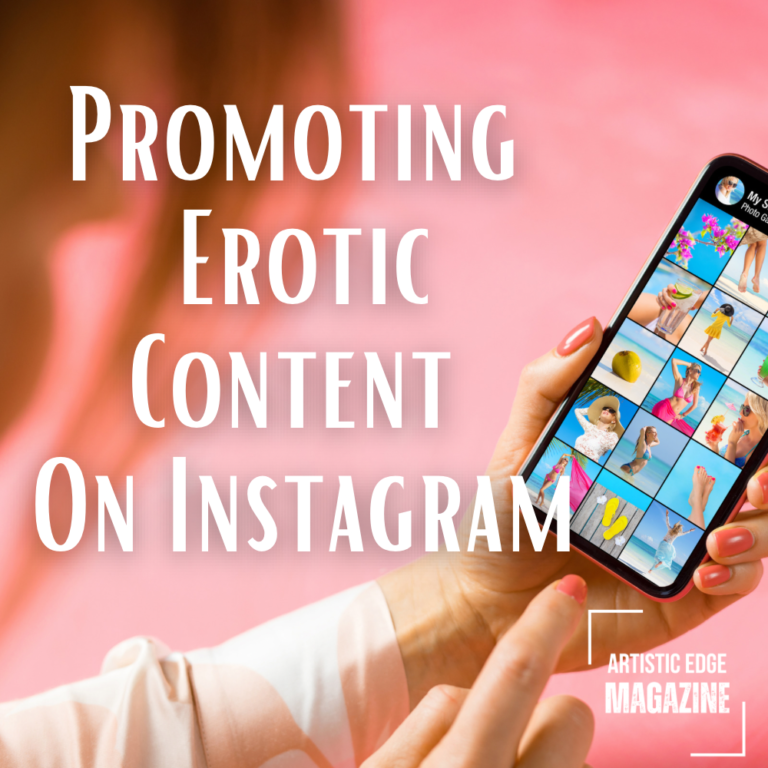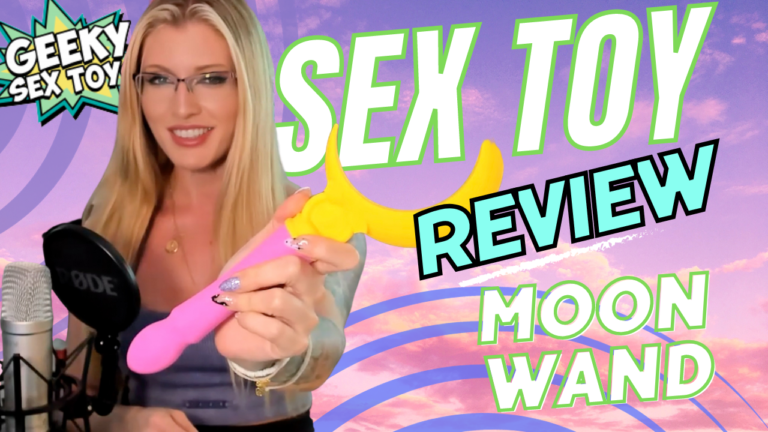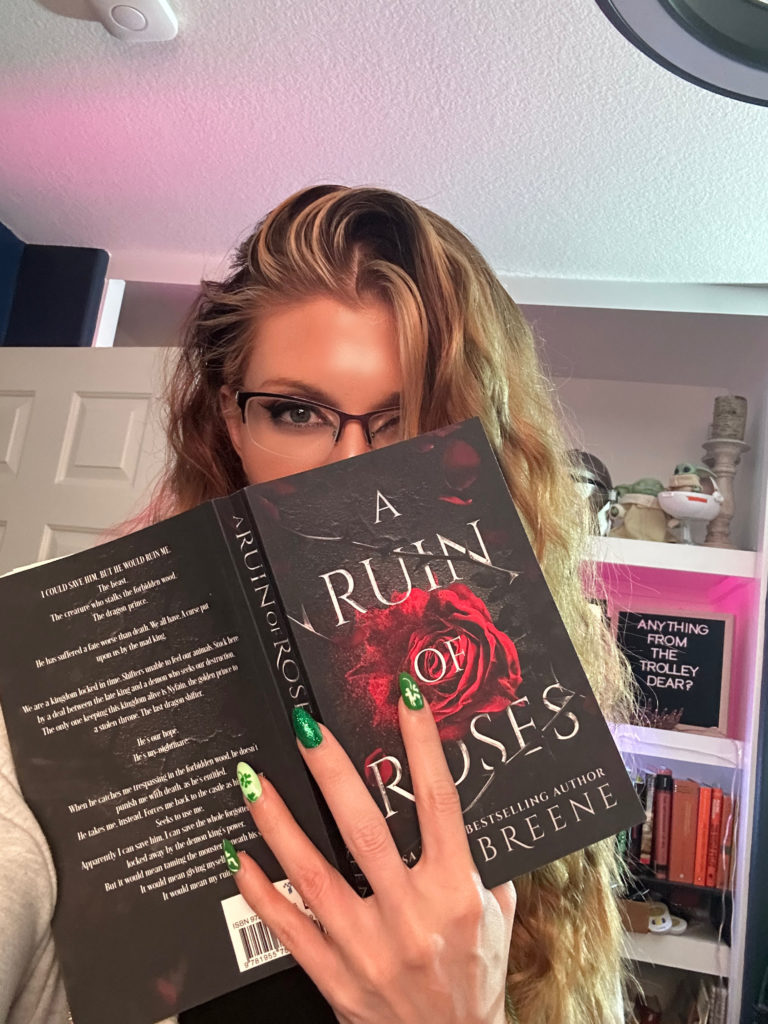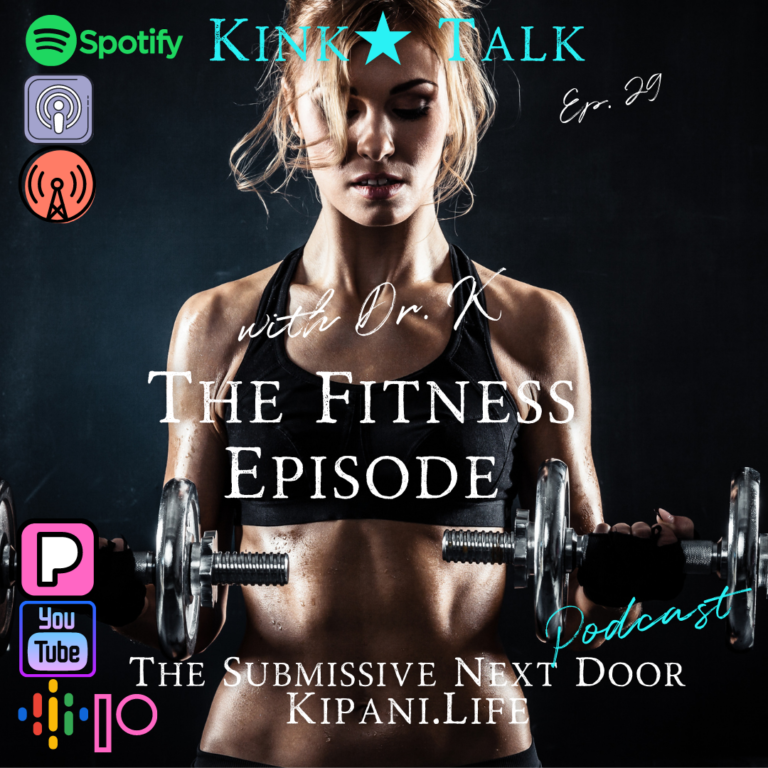Exploring Substack and Medium: A Direct Comparison of Features, Benefits, and Monetization Options for Those in the Field of Sexuality and Erotic Content Creation
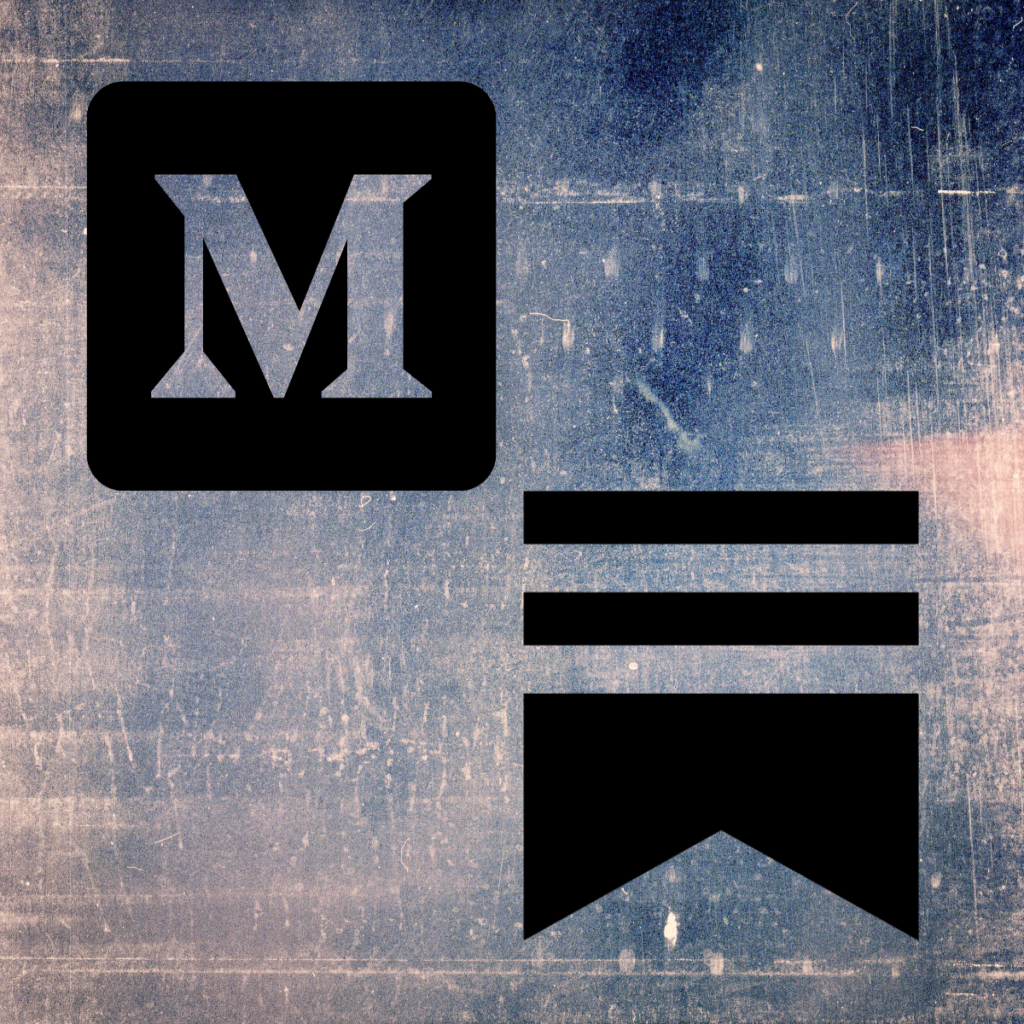
Introduction:
In the dynamic realm of online publishing, the choice of platforms is crucial for creators seeking to share their thoughts and work. If you are in the erotic or sexuality fields, finding a platform that not only provides the features you need, but is welcoming to your content is equally important. Substack and Medium stand out as prominent contenders, each offering distinct features and advantages tailored to the diverse needs of content creators, not just writers. In this blog post, I will undertake an in-depth comparison of Substack and Medium, exploring key features, benefits, and a detailed breakdown of Substack’s subscription dynamics, including the intriguing ability to offer previews on paid posts and podcasting ability with a keen eye on community guidelines.
Ease of Use:
Substack:
Recognized for its user-friendly interface, Substack sets the stage for creators to navigate effortlessly through the platform. While Substack was originally designed as newsletter, many creators use it for posting articles, podcasts, showcasing photography, updating communities and groups on events, and more. Setting up a profile on Substack is a streamlined process, emphasizing simplicity and ease. The platform’s intuitive design allows creators to focus on on their content without being encumbered by intricate settings or technical complexities.
Medium:
Medium, too, prides itself on simplicity. The platform’s minimalist design simplifies the article-publishing process, with a user-friendly editor facilitates seamless formatting. The uncomplicated interface caters to writers who prefer a straightforward approach to content creation.
Both platforms allow you to create multiple publications to segment your content into categories or niches. On Medium, these are simply called Publications, while on Substack, these are simply Substacks.
Monetization:
Substack:
Substack’s standout feature lies in its built-in monetization model. Content creators can monetize their work directly by charging subscribers for premium content or setting up a paid newsletter. This direct-to-consumer approach empowers creators to generate income directly from their audience, with tools provided for efficient subscription management and earnings tracking.
The platform allows for multiple types of subscription options – free, paid (with monthly and annual plans), and “founding member” which allows the subscriber to pay a set amount or pledge their own amount that is higher than the paid subscriber amount to offer more support or gain more perks: you as the content creator decides.
Medium:
Medium adopts a different monetization model through its Partner Program, where writers earn money based on reader engagement. However, this requires readers and writers to be paying Medium members. Essentially, you must pay to earn. If you are a new writer, or a writer with a very specific niche, you may well find yourself spending more than you are earning. If your goal is exposure rather than income from Medium, then it may be helpful due to its wide audience and robust discovery ability native to the platform. While it offers a source of income, it may not be as direct or lucrative as Substack’s subscription model.
Audience Reach:
Substack:
Substack prioritizes the establishment of a direct relationship between writers and their audience through email subscriptions. Emphasizing the importance of owning one’s mailing list, Substack provides writers with the ability to reach subscribers directly, mitigating the impact of algorithms or platform changes on visibility.
Medium:
Medium, with its substantial built-in audience, offers a different approach to audience reach. Articles are recommended to users based on their interests, providing exposure for writers. However, this also means that writers are somewhat reliant on Medium’s algorithms for visibility.
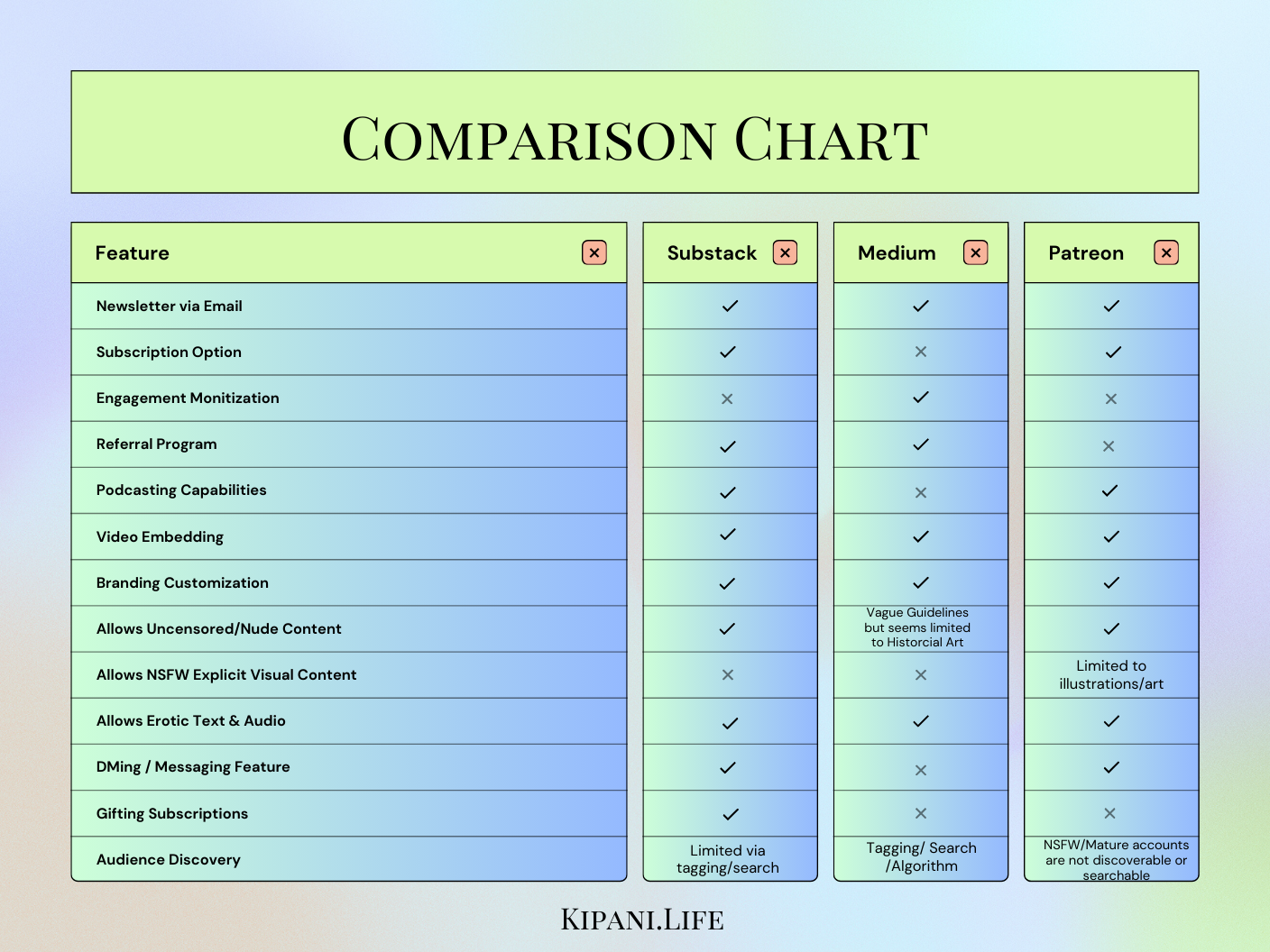
For the sake of comparison, I’ve included the most prominent features content creators look for in a platform they wish to monetize. I included Patreon here as it is also one of the largest platforms to date, but is geared more toward visual illustrators/artists. Where they differ is in their integrated store-front features, which unfortunately is only available to SFW content creators, and their more robust “tier” subscription options.
Customization and Branding:
Both platforms offer limited customization options. Writers can add a banner image and customized colors, the downside is the colors are only seen on a web browser and not natively in the app itself. This simplicity may be limiting for those seeking a more personalized and branded appearance.
Subscription Dynamics on Substack:
Substack stands out in its approach to subscriptions, providing content creators with a powerful tool for monetization. Writers can offer paid subscriptions, giving subscribers access to exclusive content. They offer gift subscriptions, Founding Member subscriptions, and free-paid subscriptions in exchange for referrals. Notably, Substack allows writers to offer previews of paid posts to entice potential subscribers. You get to choose at what point in the post the preview ends and place in a “paywall” that directs your reader to upgrade to a paid membership to view the rest of your content.
This preview feature is a strategic tool for writers to showcase the value of their premium content. By offering a glimpse into the quality and depth of their paid posts, creators can attract a wider audience and encourage more subscriptions. This dynamic approach to subscription models aligns with Substack’s commitment to empowering creators and ensuring a fair and direct exchange of value between creators and their audience.
Podcast Monetization:
Substack:
Substack extends its monetization capabilities to podcasts. Creators can offer premium podcast content, potentially charging subscribers for exclusive access. This aligns with Substack’s overarching goal of empowering creators to monetize directly from their audience.
The downside is they do not automatically distribute your podcast to platforms like Spotify and Apple Podcasts. They do provide you with an RSS to submit your podcast yourself to these platforms, or so your audience can use the RSS in their own podcast player.
Medium:
While Medium supports podcasting, its primary monetization focus is on written content through the Partner Program. Podcasters on Medium may need to explore external monetization avenues, as the platform does not currently provide a built-in mechanism for direct podcast monetization.
Community Guidelines as it Pertains to Erotic Content:
Substack:
The community guidelines on Substack state:
“Nudity, porn, erotica –
We don’t allow porn or sexually exploitative content on Substack, including any visual depictions of sexual acts for the sole purpose of sexual gratification. We do allow depictions of nudity for artistic, journalistic, or related purposes, as well as erotic literature, however, we have a strict no nudity policy for profile images. We may hide or remove explicit content from Substack’s discovery features, including search and on Substack.com.”
Essentially, nudity is allowed without sexual gratification – no masturbating, sex, or stimulation. Erotica, erotic podcasts, and erotic photography exisits on Substack (I’ve spent several hours of searching and found several content creators with excellent strategies for monetizing their premium content such as erotic uncensored photography, explicit poetry, writings, and audios. Just as with many other platforms like Patreon, Tumblr, and others, the tipping point between nudity and porn is visual sexual acts/gratification.
Medium:
The community guidelines on Medium state:
“Graphic content
We do not allow posting, linking to, or otherwise promoting pornographic images or videos. We do allow erotic writing and non-graphic erotic images.
Medium is a large network, and posts can travel in front of all different types of readers. We ask that you be mindful of unintentional viewers when selecting your images.
We do not allow gratuitously graphic or disturbing media, regardless of subject matter.”
Medium’s guidelines are vague at best in terms of “non-graphic erotic images” because it does explicity state nudity itself is not allowed. Nude images of historical relics, statues, and the like seem to be permitted well, but nudity itself is not typically found on the site. After some investigation, it seems Medium does ban creators and remove posts that contain nudity, but do allow highly explicit audios and written erotic content without issue.
Payout Method:
Both platforms utilize Stripe as a primary payment processor.
Chats, DMs, Notes, & Commenting:
Substack allows DMing/messaging through their chat function by creating what they call “threads”. When you start a chat, it goes out only to those subscribed to your Substack publication. It acts similar to a broadcast feature. Medium does not have this.
Another element is that Substack also has a Twitter-like feed system called “Notes”. When you follow a Substack, a feed under your Notes tab populates with thoughts, updates, pictures, etc. from those you follow. People share thoughts, ideas, BTS, updates, announcements in a quick and easily accessible bite-size way. You can also Re-Stack (share) notes and articles through this feature, as well as links. Medium does not have this feature.
Comments are something both Substack and Medium allow, and you can create a setting per post that gives the ability to comment for free-subscribers or only paid subscribers. This also works on Notes. Medium, however, only provides the ability to shut off commenting all together or leave it open.
Conclusion:
In the comparison between Substack and Medium, the choice hinges on the creator’s goals, preferences, and audience engagement strategy. Substack’s simplicity, direct monetization, and ownership of the subscriber list complement the platform’s unique subscription dynamics. On the other hand, Medium offers a larger built-in audience, more customization options, and a strong community focus.
A better way to look at it might be this: Medium gives you place on the stage. Substack gives you the mic.
As the landscape of online publishing continues to evolve, both Substack and Medium are likely to adapt and innovate to meet the changing needs of content creators. The ability to offer previews on paid posts is a testament to Substack’s commitment to providing writers with effective tools for audience engagement and monetization. Ultimately, creators must carefully weigh the features and benefits of each platform to make an informed decision aligned with their goals. Many creators use both platforms simultaneously, often using Medium to post written and audio content to “test the waters.” They may also use Medium to post shorter or more random content, while Substack is looking for the deeper, more curated experience similar to a Patreon profile. With opportunities to give your audience not only written, but visual and podcasting content in once place, it offers the multi-dimentional creator much more opportunity to monetize their work.
Note:
At the time of this post, I’ve been using Medium for approximately 1 year. Several months prior, Medium changed their monetization method within the Partner Program. Previously, a creator in the program needed a minimum of 100 subscribers before they were eligible for monetization and the amount earned was based on how long your work was read per post.
The new monetization system allows anyone to monetization as long as they are a paying Medium member, they have enabled each post to be behind the overall Medium paywall, and the amount earned is based on the level of engagement the post receives (claps, saves, etc.). If you have a small audience, this does not amount to much. I personally do not make more than 0.25 cents a month on my medium account after 1 year of being on the platform. I also do not post nearly as often as many other writers on the platform.
On Substack, I’ve been there for 4 months at the time of posting this article. I took my time learning the platform, researching other creators, and getting to know the system before starting the process of moving my content from Medium to my new Substack. In less than 1 week, I have 7 paying subscribers at $5 per month. While Substack takes a percentage, it is still vastly more that I’ve made in a week on Substack than I have in the entire time I’ve been on Medium. Needless to say, I have far more incentive to stick with Substack given its features, monetization options, and clearer (and more erotic friendly) community guidelines.


